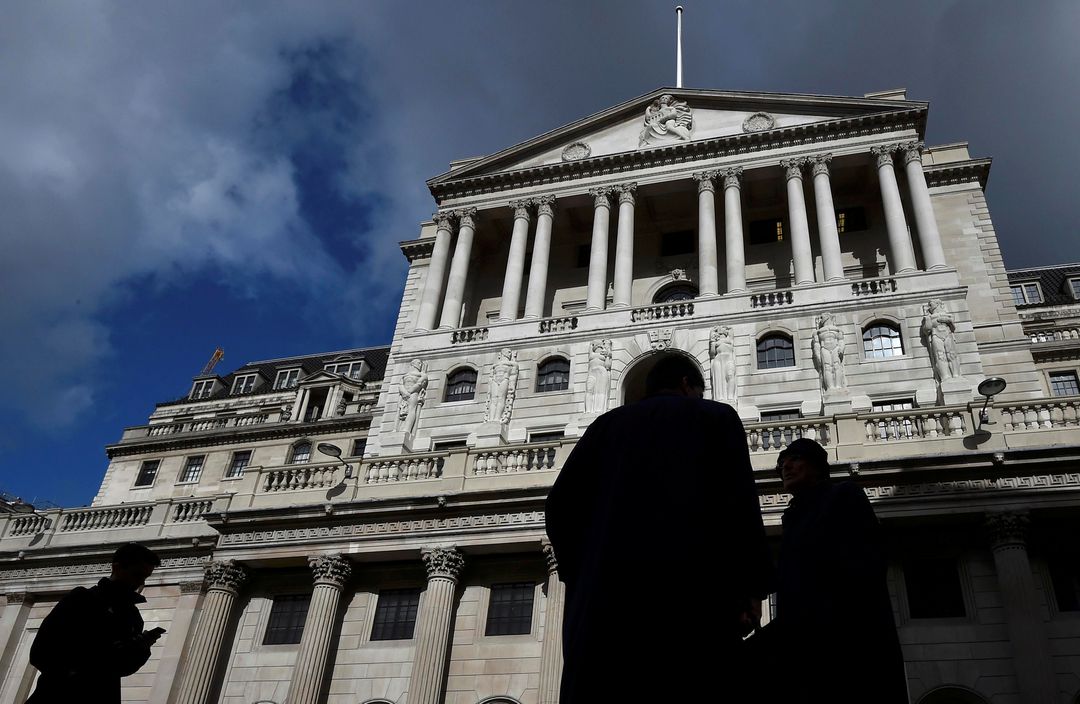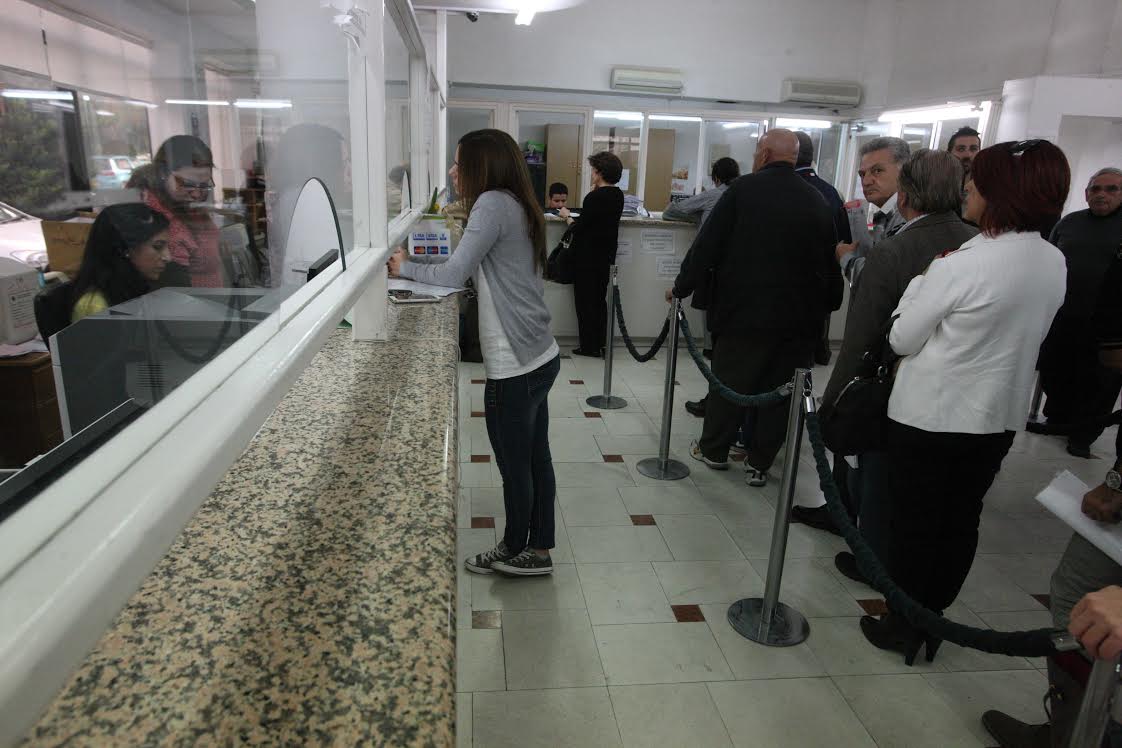A top UK central banker on Tuesday emphasised that monetary policy would need to be “restrictive” for some time to defeat inflation, a message echoed by fellow policymakers from Australia and Spain.
Speaking at a central bank conference in Hong Kong, Bank of England (BoE) Deputy Governor Dave Ramsden also said he saw no financial stability grounds to lower interest rates, which are currently up at 5.25 per cent.
“We think that monetary policy is likely to need to be restrictive for an extended period of time,” he said. “And we’ve communicated that it will need to be sufficiently restrictive for sufficiently long to get inflation back to the 2 per cent target.”
The BoE kept rates on hold for a second consecutive meeting earlier this month after 14 straight increases to fight an inflation rate that peaked above 11 per cent just over a year ago before falling to 4.6 per cent in October.
Even with all that tightening, Ramsden said inflation was not expected to return to 2 per cent until the end of 2025.
Speaking on the same panel, Reserve Bank of Australia (RBA) Governor Michele Bullock said policy in Australia was also restrictive and needed to be in order to cool demand and anchor inflation expectations.
Bullock noted domestic businesses felt able to pass on rising costs to customers and thus maintain their profit margins, and this was stoking inflation in the service sector.
The RBA hiked its main cash rate to a 12-year high of 4.35 per cent this month, and financial markets are wagering it might tighten further in the next few months.
Adding to the chorus, Bank of Spain Governor Pablo Hernández de Cos said policy would have to stay tight in the short term, though he did hold out the chance of an easing should inflation slow as forecasted.
De Cos, who also sits on the council of the European Central Bank, said he was encouraged that inflation had cooled in recent months and, if that continued, real rates would become ever more restrictive.
The ECB lifted rates to a record high 4 per cent earlier this year but has signalled steady policy for the next few quarters. Markets have started to position for the first rate cut, with a move seen as soon as April or June.







Click here to change your cookie preferences